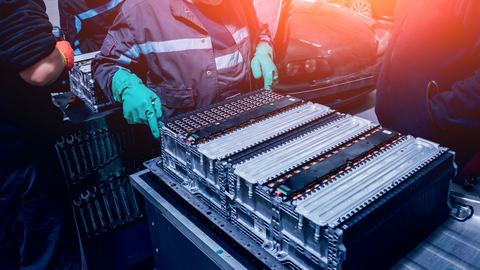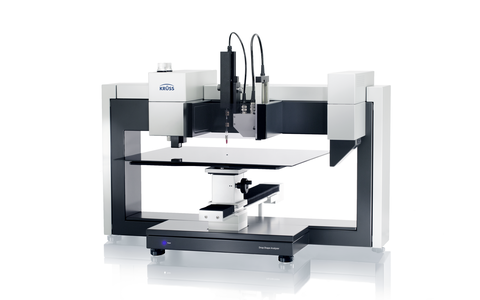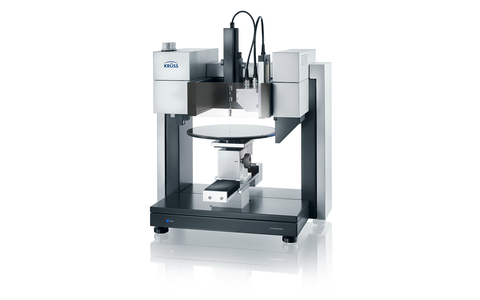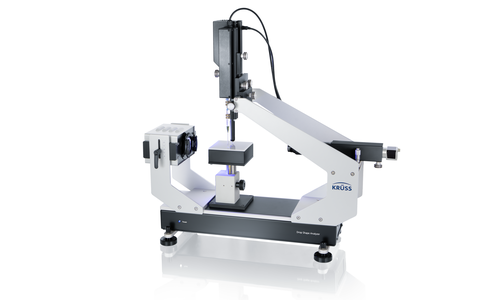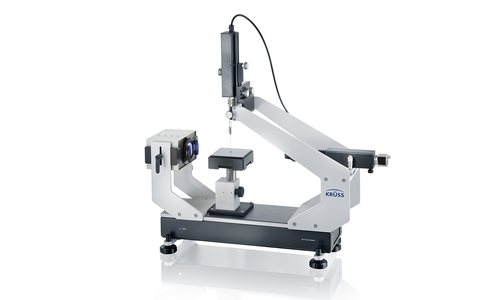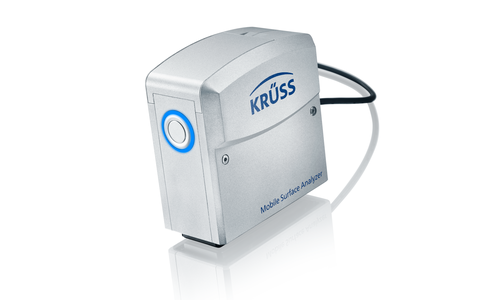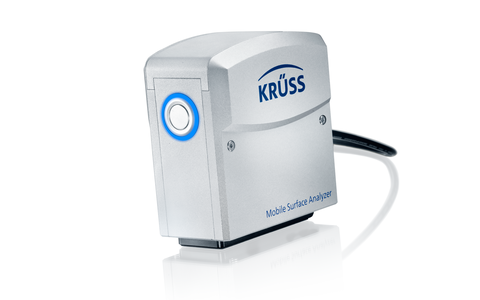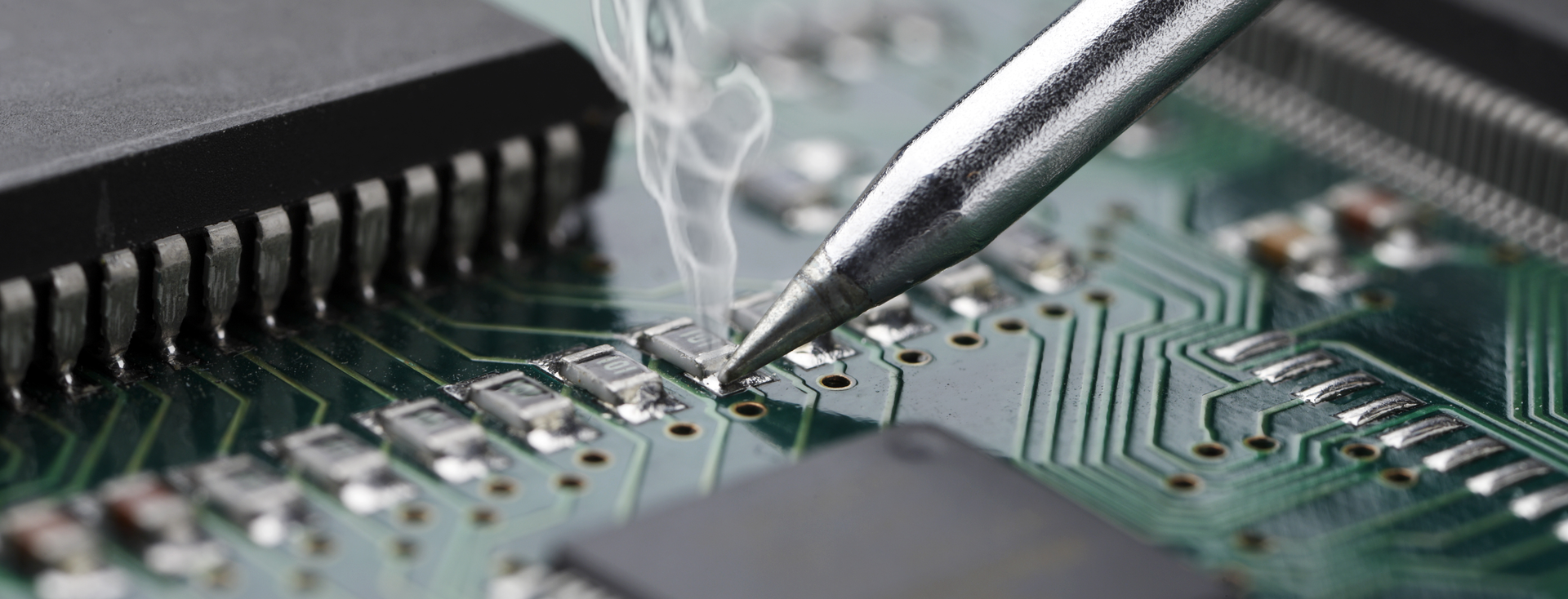
Soldering processes
Contact angle and surface tension as parameters for optimizing soldering processes
When brazing workpieces or soldering in microelectronics, the adhesion is brought about by adhesive forces at the interface. Pre and post-preparatory cleaning, wetting and the interfacial bonding force therefore define the stability of the connection. Measurements of the surface tension of the solder and contact angle measurements on the workpiece are a feature of quality control and optimize the soldering process.
Checking cleaning quality
Surface coatings containing grease and oil adversely affect the wetting of the liquid solder and the adhesion after setting. The soldering process is therefore usually preceded by a cleaning step. Re-cleaning after soldering is often necessary to prepare the workpiece for the next process step.
The effectiveness of surface cleaning is checked by our drop shape analysis measuring instruments based on the contact angle. Homogeneously cleaned surfaces have the same contact angle everywhere. Testing can be carried out non-destructively on very large surfaces using our instruments for mobile contact angle measurement. This enables the cleanliness of finished workpieces to be checked immediately before soldering.
Measurement of wetting and adhesion
The adhesion of the solder to the surface of the workpiece is given by the interaction of the polar and disperse forces at the surfaces of the adjacent phases. A combination of contact angle and surface tension measurement methods enables the adhesion and the destabilizing interfacial tension to be calculated.
In order to measure the wetting of the material by the hot solder, we make it possible to carry out temperature measurements in different temperature ranges up to 400 °C. This enables a broad spectrum of process temperatures to be represented in order to optimize wetting to suit the actual conditions.

